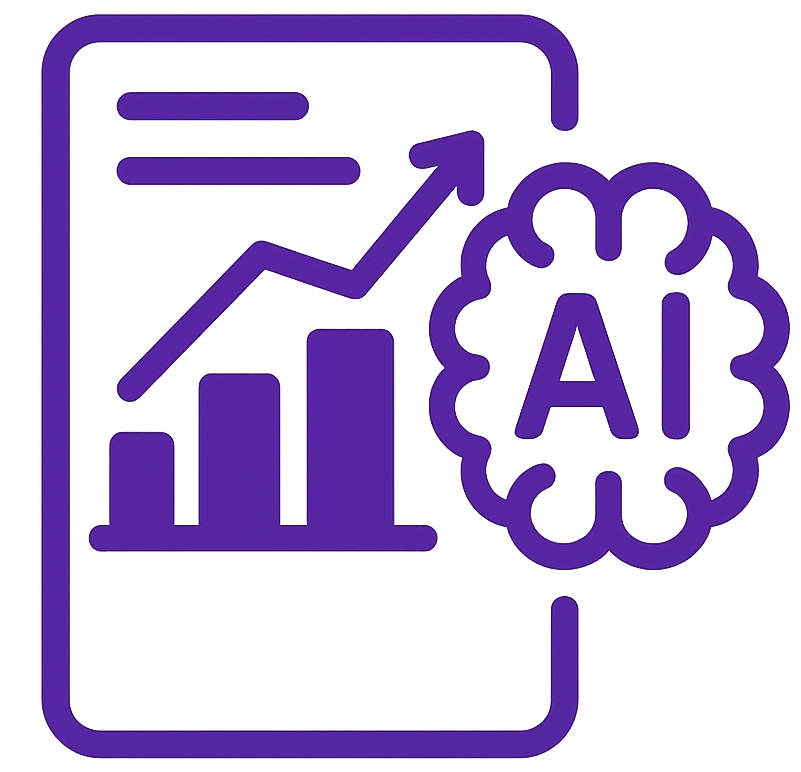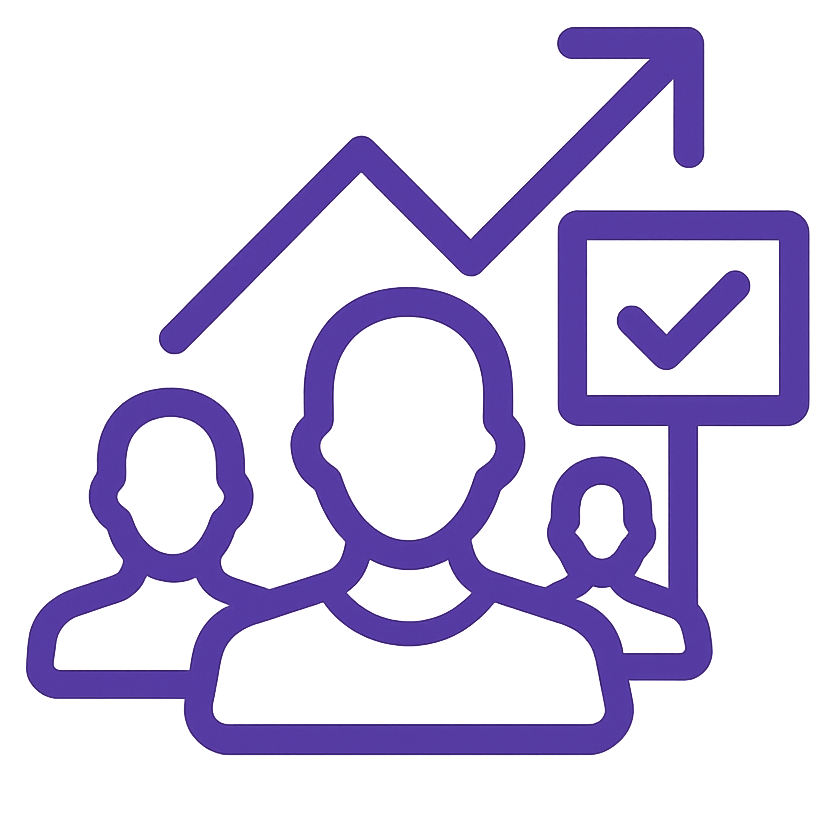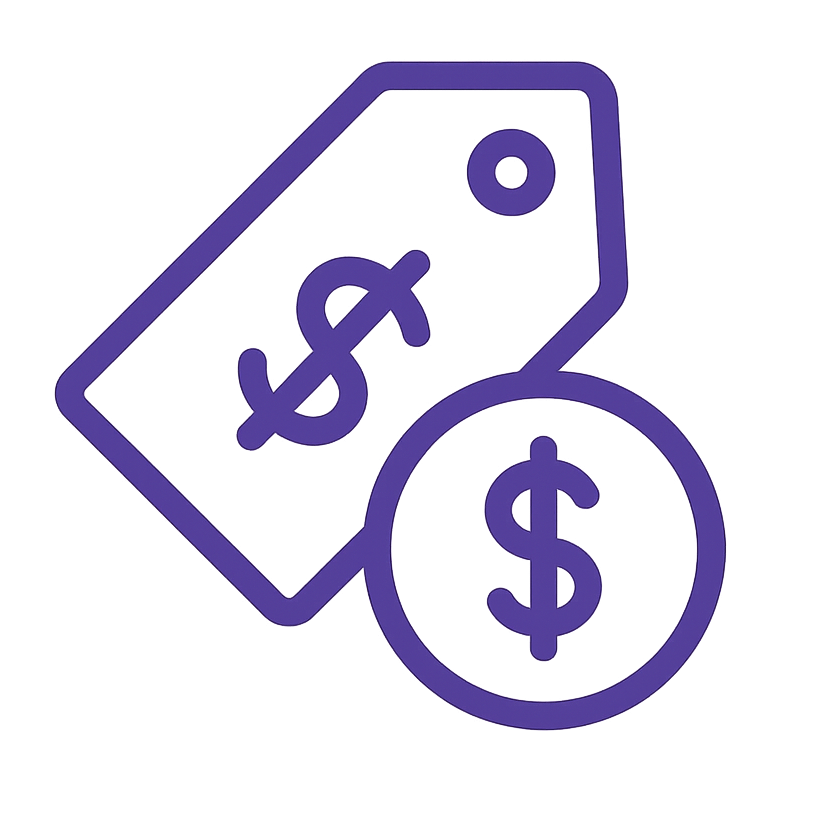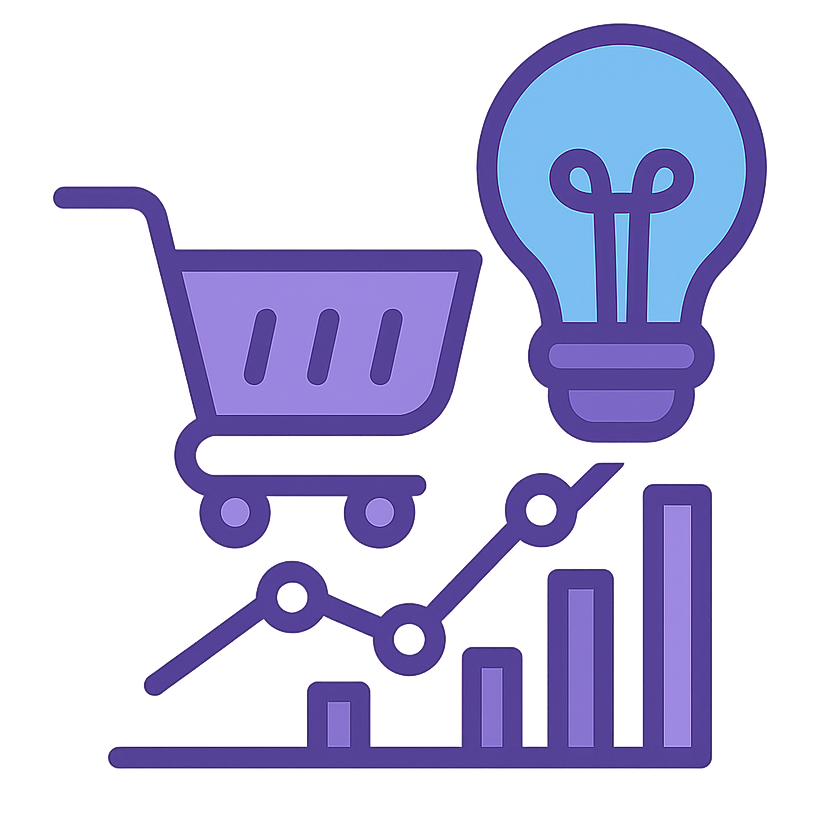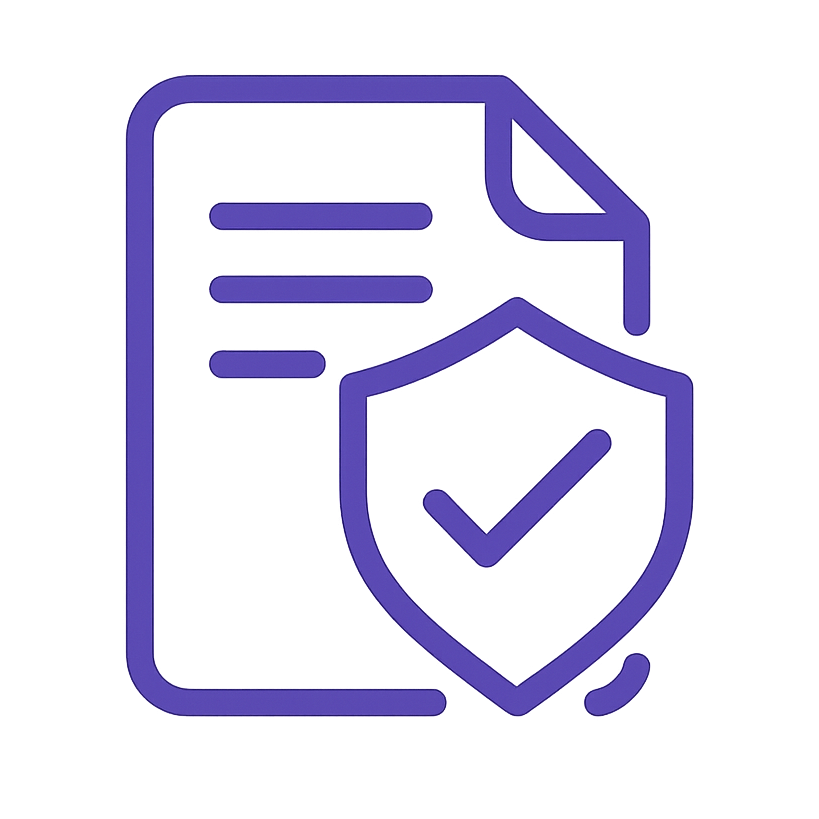Table of Content
- 1. Purpose & Goals
- 2. Scope & Applicability
- 3. Roles & Responsibilities
- 4. Prerequisites / Required Resources
- 5. Detailed Procedure / Steps
- 6. Quality Assurance & Verification
- 7. Supporting Documents / References
- 8. External Web References
1. Purpose & Goals
This Standard Operating Procedure (SOP) outlines the step-by-step process for implementing and optimizing pagination for WordPress websites from a technical SEO perspective. The primary goals of this SOP are to:
- Ensure proper technical SEO implementation of pagination on WordPress websites.
- Prevent common SEO issues related to pagination, such as duplicate content and crawl budget wastage.
- Improve website crawlability and indexability of paginated content.
- Enhance user experience by providing clear and effective pagination navigation.
- Consistently apply best practices for WordPress pagination across all client websites.
2. Scope & Applicability
This SOP applies to all Technical SEO Specialists responsible for optimizing WordPress websites, specifically focusing on pagination implementation and SEO best practices within the WordPress environment. This SOP covers:
- Understanding WordPress default pagination and its SEO implications.
- Implementing rel=”next” and rel=”prev” link attributes for paginated series.
- Implementing canonical tags for paginated pages to manage duplicate content.
- Optimizing pagination navigation for user experience and crawlability.
- Considering alternative pagination approaches (e.g., “Load More” buttons) and their SEO implications.
- Verifying and testing pagination implementation for technical SEO correctness.
3. Roles & Responsibilities
Role 1: Technical SEO Specialist
Responsibilities:
- Analyzes WordPress website pagination implementation and identifies potential SEO issues.
- Implements pagination optimization techniques as outlined in this SOP, specifically for WordPress.
- Configures and verifies canonical tags and rel=”next”/rel=”prev” attributes for pagination in WordPress.
- Ensures user-friendly and crawlable pagination navigation in WordPress.
- Documents all pagination optimization steps and findings.
- Monitors website indexing and crawlability related to pagination post-optimization.
- Escalates complex WordPress pagination issues or issues requiring theme code modifications beyond SEO expertise to the appropriate technical team/client.
4. Prerequisites / Required Resources
Permissions & Access:
- Admin or Editor level access to the WordPress website backend (wp-admin).
- Access to WordPress theme files (via WordPress Theme Editor or FTP/SFTP) – for manual code modifications if needed.
- Access to an SEO plugin in WordPress (e.g., Yoast SEO, Rank Math) – as these often simplify pagination implementation.
- Access to Google Search Console for monitoring indexing and crawl errors.
Tools:
- Web Browser with Developer Tools (e.g., Chrome DevTools, Firefox Developer Tools): For inspecting HTML source code and link attributes.
- SEO Plugin (e.g., Yoast SEO, Rank Math): For easier canonical tag and rel=”next”/rel=”prev” implementation in WordPress.
- Screaming Frog SEO Spider (Optional but Recommended): For crawling and verifying pagination implementation across the website at scale.
- Spreadsheet Software (e.g., Google Sheets, Microsoft Excel): For tracking URLs and pagination implementations (if needed for large websites).
- Document Processing Software (e.g., Google Docs, Microsoft Word): For SOP documentation and reports.
- Technical SEO WordPress Pagination Optimization Report Template (See Section 7).
5. Detailed Procedure / Steps
This section details the step-by-step procedure for Technical SEO Pagination Optimization in WordPress.
Step 5.1: Understanding WordPress Pagination & Identifying Existing Implementation
5.1.1 Understand WordPress Default Pagination:
- WordPress Archive Pages: Recognize that WordPress automatically paginates archive pages like category pages, tag pages, author archives, and date archives when the number of posts exceeds the “Blog pages show at most” setting in WordPress settings (Settings > Reading).
- Homepage Pagination: The homepage (if displaying latest posts) is also paginated in WordPress if the number of posts exceeds the setting above.
- <!–nextpage–> Pagination (Manual Post Pagination): Understand that WordPress allows manual pagination within individual posts or pages using the <!–nextpage–> quicktag within the content editor (in “Text” mode). This splits a single long post into multiple paginated pages.
5.1.2 Identify Paginated Areas on the WordPress Website:
Navigate the WordPress website and identify areas where pagination is implemented:
- Homepage (if displaying blog posts)
- Category Archive Pages (e.g., /category/category-name/page/2/)
- Tag Archive Pages (e.g., /tag/tag-name/page/2/)
- Author Archive Pages (e.g., /author/author-name/page/2/)
- Date Archive Pages (e.g., /2023/10/page/2/)
- Manually Paginated Posts/Pages (using <!–nextpage–>)
5.1.3 Inspect Existing Pagination Implementation (Initial Check):
On a sample paginated page (e.g., a category archive page, page 2), inspect the HTML source code using browser DevTools (right-click, “Inspect” or “View Page Source”).
- Check for Canonical Tags: Look for <link rel=”canonical” href=”…”> tags in the <head> section. Are canonical tags present on paginated pages? If so, where do they point?
- Check for rel=”next” and rel=”prev” Link Attributes: Look for <link rel=”next” href=”…”> and <link rel=”prev” href=”…”> tags in the <head> section. Are these link attributes present on paginated pages? Do they point to the correct next and previous pages in the sequence?
- Check Pagination Navigation: Review the pagination navigation links (usually at the bottom of paginated pages). Is the navigation clear, user-friendly, and crawlable (using <a> tags with href attributes)?
Step 5.2: Implementing Technical SEO Best Practices for WordPress Pagination
5.2.1 Implement Canonical Tags for Paginated Pages:
Goal: Signal to search engines the main, preferred version of a paginated series, typically the first page, to prevent duplicate content issues and consolidate link equity.
Recommended Approach – Using SEO Plugin (Yoast SEO, Rank Math, etc.):
- Most WordPress SEO plugins automatically handle canonical tags for paginated archive pages.
- Verify Plugin Settings: Ensure the SEO plugin is configured to correctly output canonical tags for pagination. In Yoast SEO, for example, this is generally handled automatically. In Rank Math, ensure “Canonical URLs” are enabled in settings.
- Inspect Canonical Tags on Paginated Pages (Post-Plugin Configuration): After verifying plugin settings, revisit paginated pages (e.g., category archive page 2) and inspect the HTML source code to confirm that canonical tags are present and point to the first page of the paginated series (e.g., the main category archive page without /page/2/).
Alternative Approach – Manual Theme Code Implementation (If No SEO Plugin or for Custom Pagination):
- Edit Theme Files: If not using an SEO plugin or for very custom pagination scenarios, you may need to manually add canonical tags to WordPress theme files. Exercise caution when editing theme code and back up theme files before making changes.
- Locate Relevant Template Files: Identify the WordPress template files responsible for generating paginated pages (e.g., archive.php, category.php, index.php, or custom template files).
- Add Canonical Tag Code in <head> Section: Within the <head> section of the template file, add code to output the canonical tag. The code will need to dynamically determine if it’s a paginated page and output the canonical URL accordingly. Example (simplified – may need adjustments for specific themes): <link rel=”canonical” href=”<?php if ( is_paged() ) { echo get_permalink( get_queried_object_id() ); } else { echo get_permalink(); } ?>” />
content_copy download Use code with caution.PHP
- Test Manual Implementation: After adding code, test paginated pages to ensure canonical tags are correctly outputting and pointing to the intended first page URL.
5.2.2 Implement rel=”next” and rel=”prev” Link Attributes:
Goal: Signal to search engines the sequential relationship between paginated pages within a series, aiding in crawlability and understanding content structure.
Recommended Approach – Using SEO Plugin (Yoast SEO, Rank Math, etc.):
- Most WordPress SEO plugins automatically handle rel=”next” and rel=”prev” link attributes for paginated archive pages.
- Verify Plugin Settings: Ensure the SEO plugin is configured to output rel=”next” and rel=”prev” link attributes. In Yoast SEO and Rank Math, this is generally handled automatically for WordPress archive pagination.
- Inspect rel=”next” and rel=”prev” on Paginated Pages (Post-Plugin Configuration): After verifying plugin settings, revisit paginated pages (e.g., category archive page 2) and inspect the HTML source code to confirm that <link rel=”next” …> and <link rel=”prev” …> tags are present in the <head> and pointing to the correct next and previous pages in the sequence.
Alternative Approach – Manual Theme Code Implementation (If No SEO Plugin or for Custom Pagination):
- Edit Theme Files: If not using an SEO plugin or for custom pagination, you may need to manually add rel=”next” and rel=”prev” link attributes to WordPress theme files.
- Locate Relevant Template Files: Identify the WordPress template files generating paginated pages (same files as for canonical tags).
- Add rel=”next” and rel=”prev” Code in <head> Section: Within the <head> section of the template file, add code to output the <link rel=”next” …> and <link rel=”prev” …> tags dynamically. Example (simplified – may need adjustments for specific themes): <?php if ( get_next_posts_link() ) : ?> <link rel=”next” href=”<?php echo next_posts_page_link(); ?>” />
<?php endif; ?> <?php if ( get_previous_posts_link() ) : ?>
Copy
<link rel=”prev” href=”<?php echo previous_posts_page_link(); ?>” />
<?php endif; ?>
content_copy download Use code with caution.PHP
- Test Manual Implementation: After adding code, test paginated pages to ensure rel=”next” and rel=”prev” link attributes are correctly outputting and pointing to the sequential pages.
5.2.3 Optimize Pagination Navigation for User Experience and Crawlability:
- Clear and Visible Pagination Links: Ensure pagination navigation links are clearly visible and easily identifiable to users. Place pagination links in a prominent location (typically at the bottom of paginated content).
- User-Friendly Navigation Labels: Use clear and understandable labels for pagination links (e.g., “Previous Page”, “Next Page”, “Page 1”, “Page 2”, “Older Posts”, “Newer Posts”). Avoid generic labels or symbols that might be unclear to users.
- Crawlable Links (<a> tags with href): Ensure pagination links are implemented using standard HTML <a> (anchor) tags with valid href attributes pointing to the next and previous paginated page URLs. Avoid using JavaScript-based pagination that is not crawlable by search engines.
- Consistent Navigation: Maintain consistent pagination navigation design and placement across all paginated sections of the WordPress website for a unified user experience.
- Number of Pages Displayed: Consider displaying a reasonable number of page links in the pagination navigation (e.g., current page, previous/next page, and a few page numbers around the current page). Avoid excessively long pagination navigation that becomes overwhelming.
5.2.4 Consider Limiting Pagination Depth (If Applicable):
- For Very Large Archives: For extremely large WordPress websites with very deep pagination (hundreds or thousands of pages in archives), consider if limiting pagination depth is appropriate for crawl budget management.
- Alternatives to Deep Pagination: Explore alternatives to deep pagination if applicable and user-experience appropriate:
- “Load More” Buttons (with SEO Considerations): Implement “Load More” buttons instead of traditional pagination for certain sections, but ensure SEO considerations are addressed (content loading via AJAX should be crawlable, consider URL updates).
- Content Filtering and Sorting: Provide robust content filtering and sorting options to help users find content more efficiently and potentially reduce reliance on deep pagination.
- Default WordPress Pagination is Often Sufficient: For most WordPress websites, the default WordPress pagination depth is generally acceptable and does not require artificial limitation.
5.2.5 Optimize Internal Linking to Paginated Pages:
- Focus Internal Linking on First Page: Concentrate internal linking efforts (from navigation menus, content links, etc.) on the first page of paginated series (e.g., the main category archive page).
- Avoid Overlinking to Deep Paginated Pages: Generally, avoid deep internal linking directly to pages deep within pagination sequences (e.g., page 5, page 10 of an archive). Focus on linking to the main entry point (page 1) of the paginated content.
5.2.6 Sitemap Inclusion for Paginated Content (Considerations):
- Include First Page of Paginated Series: In the XML sitemap, typically include only the first page of each paginated series (e.g., the main category archive page URL without /page/2/). This helps prioritize indexing of the main entry points to paginated content.
- Avoid Indexing All Paginated Pages in Sitemap (Generally): Generally, avoid including all paginated pages (page 1, page 2, page 3, etc.) in the XML sitemap, as this can unnecessarily inflate the sitemap size and may not be the most efficient use of crawl budget.
- Exception – Manual Post Pagination (<!–nextpage–>): For manually paginated posts/pages (using <!–nextpage–>), you might consider including all paginated parts in the sitemap if these are considered important standalone content pieces.
5.2.7 Robots.txt and Pagination (Generally Allow):
- Generally Allow Crawling of Paginated Pages: In most cases, allow search engine crawlers to access and crawl paginated pages. Do not disallow paginated page URLs in robots.txt unless there is a very specific reason related to crawl budget management on extremely large websites.
- Crawl Budget Management (Advanced – Rarely Needed): In very rare cases, for extremely large websites with millions of paginated pages and crawl budget constraints, you might consider disallowing crawling of deeper paginated pages in robots.txt to prioritize crawling of more important content. However, this is an advanced technique and should be implemented with caution and only if truly necessary.
Step 5.3: Verification and Testing of WordPress Pagination Implementation
5.3.1 Manual Verification using Browser DevTools:
- Inspect Canonical Tags: On sample paginated pages, use browser DevTools to inspect the <link rel=”canonical” …> tag in the <head>. Verify that it is present and pointing to the correct first page URL.
- Inspect rel=”next” and rel=”prev” Link Attributes: On sample paginated pages, use browser DevTools to inspect the <link rel=”next” …> and <link rel=”prev” …> tags in the <head>. Verify they are present and pointing to the correct sequential page URLs.
- Check Pagination Navigation Links: Verify that pagination navigation links are using <a> tags with valid href attributes and are clearly visible and user-friendly.
5.3.2 Screaming Frog Crawl Verification (Recommended for Scale):
- Crawl WordPress Website with Screaming Frog: Crawl the WordPress website using Screaming Frog SEO Spider.
- Filter for Paginated Pages: Use Screaming Frog filters to identify paginated page URLs (e.g., URLs containing /page/ or pagination parameters).
- Bulk Check Canonical Tags: In Screaming Frog, export data for paginated pages and check the “Canonical Link Element” column. Verify that canonical tags are present and point to the correct first page URLs for the majority of paginated pages.
- Bulk Check rel=”next” and rel=”prev”: In Screaming Frog, export data for paginated pages and check for “rel=next” and “rel=prev” attributes in the “Link Attributes” column. Verify that these attributes are present and pointing to the correct sequential pages for the majority of paginated pages.
5.3.3 Google Search Console Inspection (Post-Implementation Monitoring):
- Monitor Index Coverage: After implementing pagination optimizations, monitor the “Index > Coverage” report in Google Search Console over time. Check for any increases in “Excluded” pages due to “Duplicate, Google chose different canonical than user” warnings, which could indicate issues with canonical tag implementation.
- Crawl Stats (For Large Websites – Optional): For very large WordPress websites, monitor “Settings > Crawl stats” in Google Search Console to see if crawl efficiency improves after pagination optimization (if crawl budget management was a concern).
Step 5.4: Handling Exceptions and Special Cases
5.4.1 Noindex for Specific Paginated Sections (Rare Cases):
In very rare cases, for specific paginated sections that offer extremely low-value content or are primarily for internal site navigation and not intended for search engine indexing, you might consider using noindex meta robots tag on paginated pages beyond the first few pages to conserve crawl budget. This is generally not recommended and should be implemented only after careful consideration and with a clear SEO rationale. If implemented, ensure the first page is still indexable and canonicalized correctly.
5.4.2 Alternative Pagination Approaches (Infinite Scroll, “Load More”):
If considering alternative pagination approaches like infinite scroll or “Load More” buttons instead of traditional pagination, carefully consider the SEO implications. Ensure content loaded via AJAX is crawlable and that URL updates occur to allow for proper indexing and sharing of content. Implement history API for back/forward button functionality. Traditional pagination is generally simpler and more SEO-friendly for most websites.
5.4.3 Custom Pagination Implementations in WordPress:
For websites with heavily customized pagination or non-standard WordPress pagination implementations, the standard SEO plugin methods may not fully apply. In such cases, manual theme code modifications and testing may be required to ensure proper canonicalization and rel=”next”/rel=”prev” implementation. Consult with WordPress developers if necessary.
6. Quality Assurance & Verification
Procedure Verification:
- Technical SEO Specialist is responsible for following this WordPress Pagination Optimization SOP.
- Department Manager may periodically review pagination implementation on WordPress websites to ensure adherence to the SOP and quality of optimization efforts.
Success Verification:
Success is verified by:
- Correct implementation of canonical tags and rel=”next”/rel=”prev” link attributes on WordPress paginated pages, as verified through manual inspection, Screaming Frog crawls, and Google Search Console monitoring.
- Clear and user-friendly pagination navigation on the WordPress website.
- Ideally, improved crawlability and indexability of WordPress paginated content (though this is harder to directly measure and may require long-term monitoring of indexing trends in Google Search Console).
Error and Exception Handling:
If errors or unexpected issues occur during pagination implementation (e.g., broken pagination navigation, incorrect canonical tags, indexing issues), the Technical SEO Specialist should:
- Immediately revert any recent changes to WordPress settings, plugins, or theme code that may have caused the issue.
- Thoroughly investigate the cause of the error or regression. Check WordPress error logs, plugin settings, theme code modifications, and browser console for errors.
- Document the WordPress pagination issue and steps taken to resolve it.
- If unable to resolve the WordPress pagination issue independently, escalate it to the Department Manager or appropriate WordPress development team/client for further assistance.
7. Supporting Documents / References
- Technical SEO WordPress Pagination Optimization Report Template: [Link to or file path for the WordPress Pagination Optimization Report Template document – e.g., [Shared Drive Path]/Templates/Technical_SEO_WordPress_Pagination_Optimization_Report_Template.docx]
- WordPress Pagination Optimization Checklist: [Link to or file path for the WordPress Pagination Optimization Checklist document – e.g., [Shared Drive Path]/Checklists/WordPress_Pagination_Optimization_Checklist.xlsx]
- Documentation for Chosen SEO Plugin (Yoast SEO, Rank Math): [Link to documentation for the specific SEO plugin used – e.g., [Plugin Documentation URL]]
- WordPress Codex – Pagination: [Link to WordPress Codex Pagination documentation – e.g., https://developer.wordpress.org/reference/functions/paginate_links/]
8. External Web References
- Google Search Central – Pagination Best Practices: https://developers.google.com/search/docs/crawling-indexing/pagination-and-incremental-page-loading
- Moz – Pagination for SEO: https://moz.com/learn/seo/pagination
- Search Engine Journal – SEO Pagination: Best Practices: https://www.searchenginejournal.com/seo-guide/pagination/
- Ahrefs Blog – Pagination for SEO Best Practices: https://ahrefs.com/blog/pagination-seo/
- Yoast SEO – rel=next and rel=prev: correct use: https://yoast.com/rel-next-prev-pagination/ (or Rank Math documentation on pagination)


